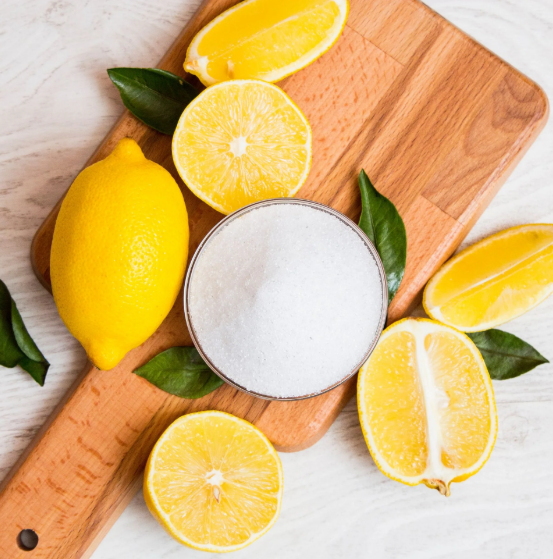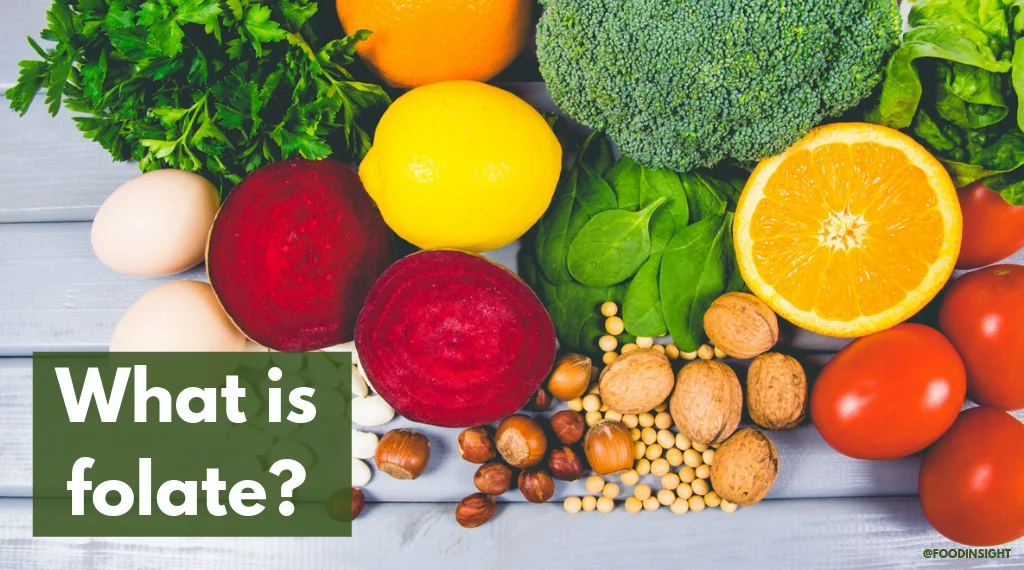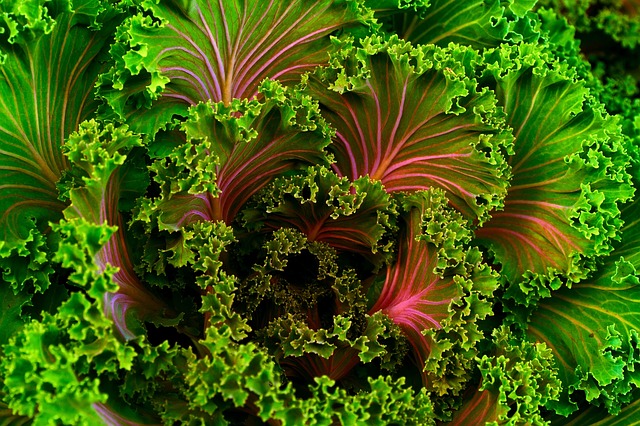
Food additives are the unsung heroes of modern cuisine, quietly enhancing flavor, texture, shelf life, and appearance in everything from snacks to sauces. But among the thousands of additives listed on ingredient labels, which one reigns supreme? Spoiler: It’s not salt, sugar, or even MSG. Through global consumption data and industry insights, we reveal the world’s most ubiquitous food additive—and why it’s in nearly every processed food you eat.
Defining “Popularity”: What Makes a Food Additive Dominant?
Popularity here is measured by global usage volume, regulatory approval across regions, and presence in everyday products. Key contenders include:
- Preservatives (e.g., sodium benzoate, sorbic acid)
- Emulsifiers (e.g., lecithin, mono- and diglycerides)
- Flavor enhancers (e.g., monosodium glutamate, yeast extract)
- Acid regulators (e.g., citric acid, phosphoric acid)
The Champion: Citric Acid (E330)
Citric acid tops the list as the most widely used food additive globally, with annual production exceeding 3 million metric tons. Here’s why:
- Versatility Across Industries
Function: Acts as a preservative, pH adjuster, flavor enhancer, and antioxidant.
Common Uses:
Beverages: Sharpens tanginess in sodas (e.g., Coca-Cola, Sprite).
Processed Foods: Prevents browning in packaged fruits and veggies.
Dairy: Stabilizes texture in cheese and ice cream.
Confectionery: Adds sour punch to gummies and candies (e.g., Sour Patch Kids). - Cost-Effective Production
Primarily made via fermentation using black mold (Aspergillus niger) and molasses, offering a cheap, scalable supply chain. - Regulatory Green Light
Approved universally by the FDA, EFSA, and WHO, with a “Generally Recognized as Safe” (GRAS) status.
Runner-Ups: Other Heavy Hitters
1.Lecithin (E322):
Derived from soy or sunflower, this emulsifier keeps chocolate smooth and prevents peanut butter separation.
Annual use: 500,000+ metric tons.
2.Monosodium Glutamate (MSG, E621):
Despite controversy, MSG remains a flavor powerhouse in snacks, soups, and instant noodles.
Global market value: $5.8 billion (2023).
3.Sodium Benzoate (E211):
A low-cost preservative in acidic foods like pickles and carbonated drinks.
Linked to 70% of shelf-stable beverage formulations.
Why Citric Acid Wins: Science Meets Demand
- Natural Appeal: Though synthetically produced, it’s chemically identical to the citric acid in citrus fruits, easing consumer skepticism.
- Health Perception: Associated with vitamin C (despite minimal nutritional contribution), making it a “clean label” favorite.
- Vegan/Non-GMO Demand: Fermentation methods align with plant-based trends.
Controversies and Limitations
- Dental Erosion: Overconsumption via sour candies or sodas can erode tooth enamel.
- Allergy Risks: Rare cases of mold allergies linked to production strains.
- Environmental Impact: Waste from fermentation processes requires careful management.
The Future of Food Additives
As clean-label trends grow, citric acid faces competition from alternatives like:
- Fermented Vinegar: For acidity without synthetic tags.
- Rosemary Extract: A “natural” preservative gaining traction.
Yet, citric acid’s unmatched functionality ensures its throne remains secure.



